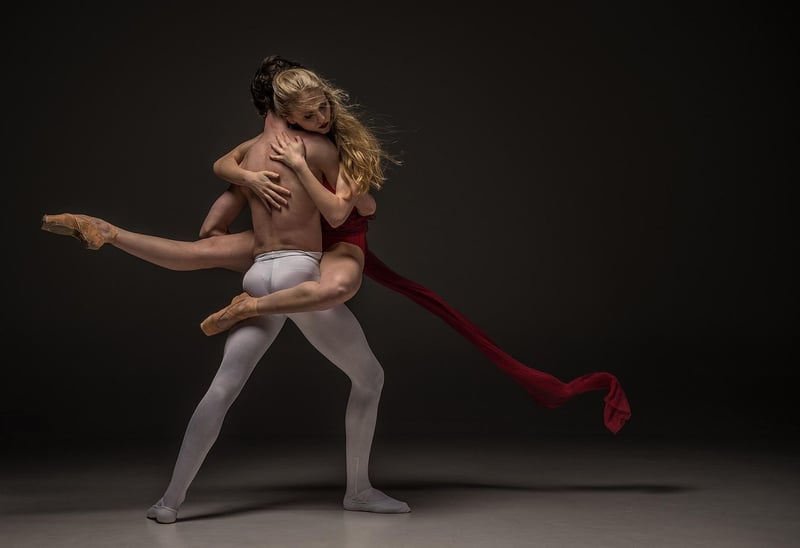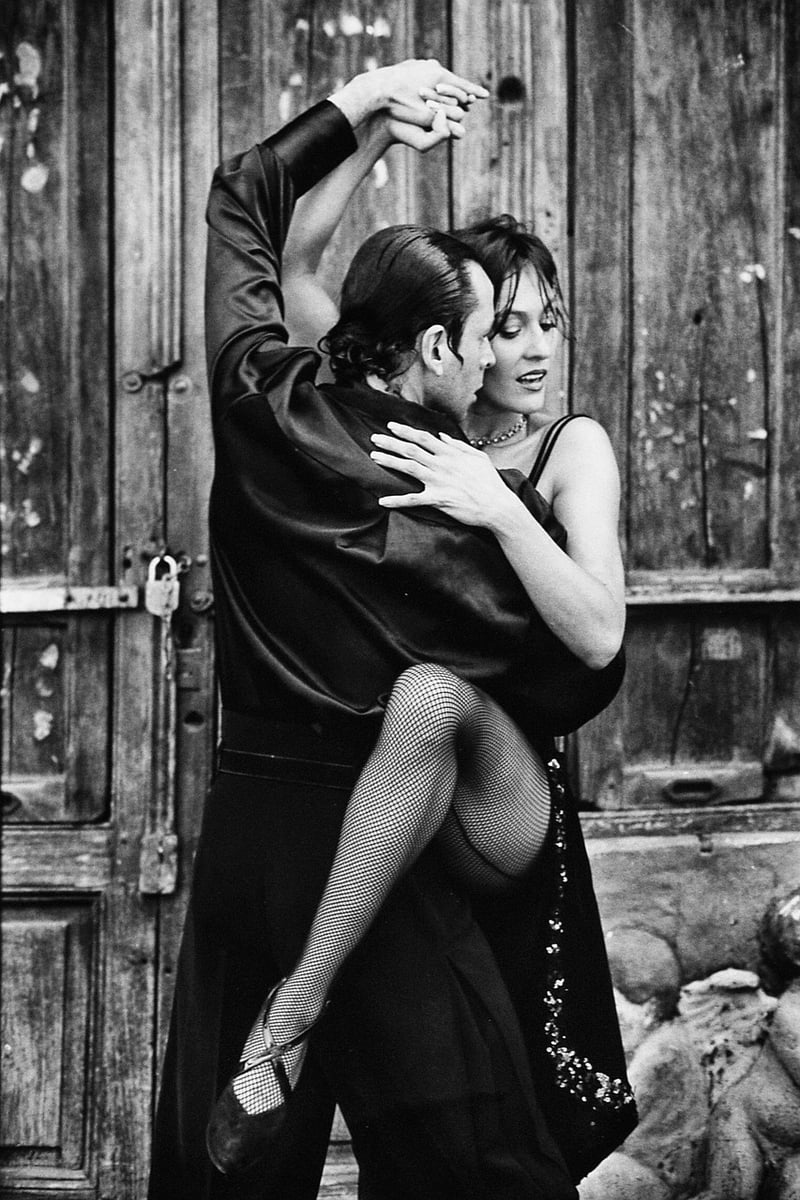Hip Hop
The Power of Expressive Movement in Hip Hop

Hip Hop, as a cultural and artistic movement, is not only about music but also about expressive movement. This form of dance allows individuals to tell stories, convey emotions, and connect with others through rhythmic movements and energetic performances.
History of Hip Hop Dance
Hip Hop dance originated in the 1970s in New York City, primarily within African American and Latino communities. It was a way for individuals to express themselves and tell their stories through movement. Over the years, Hip Hop dance has evolved and diversified, incorporating various styles such as breaking, popping, locking, and more.
Elements of Expressive Movement in Hip Hop
- Isolation: Hip Hop dancers often focus on isolating different parts of their body to create unique and dynamic movements.
- Freestyle: Improvisation is a key element of Hip Hop dance, allowing dancers to express themselves freely and creatively.
- Syncopation: Rhythmic variations and unexpected accents add depth and complexity to Hip Hop choreography.
- Storytelling: Many Hip Hop routines are choreographed to tell a story or convey a message, adding emotional depth to the performance.
Benefits of Expressive Movement in Hip Hop
Engaging in expressive movement through Hip Hop dance offers a range of physical, mental, and emotional benefits, including:
- Improved cardiovascular fitness and stamina
- Enhanced coordination and body awareness
- Boosted self-confidence and self-expression
- Stress relief and emotional release
- Opportunities for social connection and community building
Join the Movement
Whether you're a seasoned dancer or a complete beginner, exploring expressive movement through Hip Hop can be a rewarding and fulfilling experience. Connect with local dance studios, join classes, or even follow online tutorials to start your Hip Hop dance journey today!
Embrace the power of rhythmic expression and storytelling through Hip Hop dance, and let your movements speak volumes!

